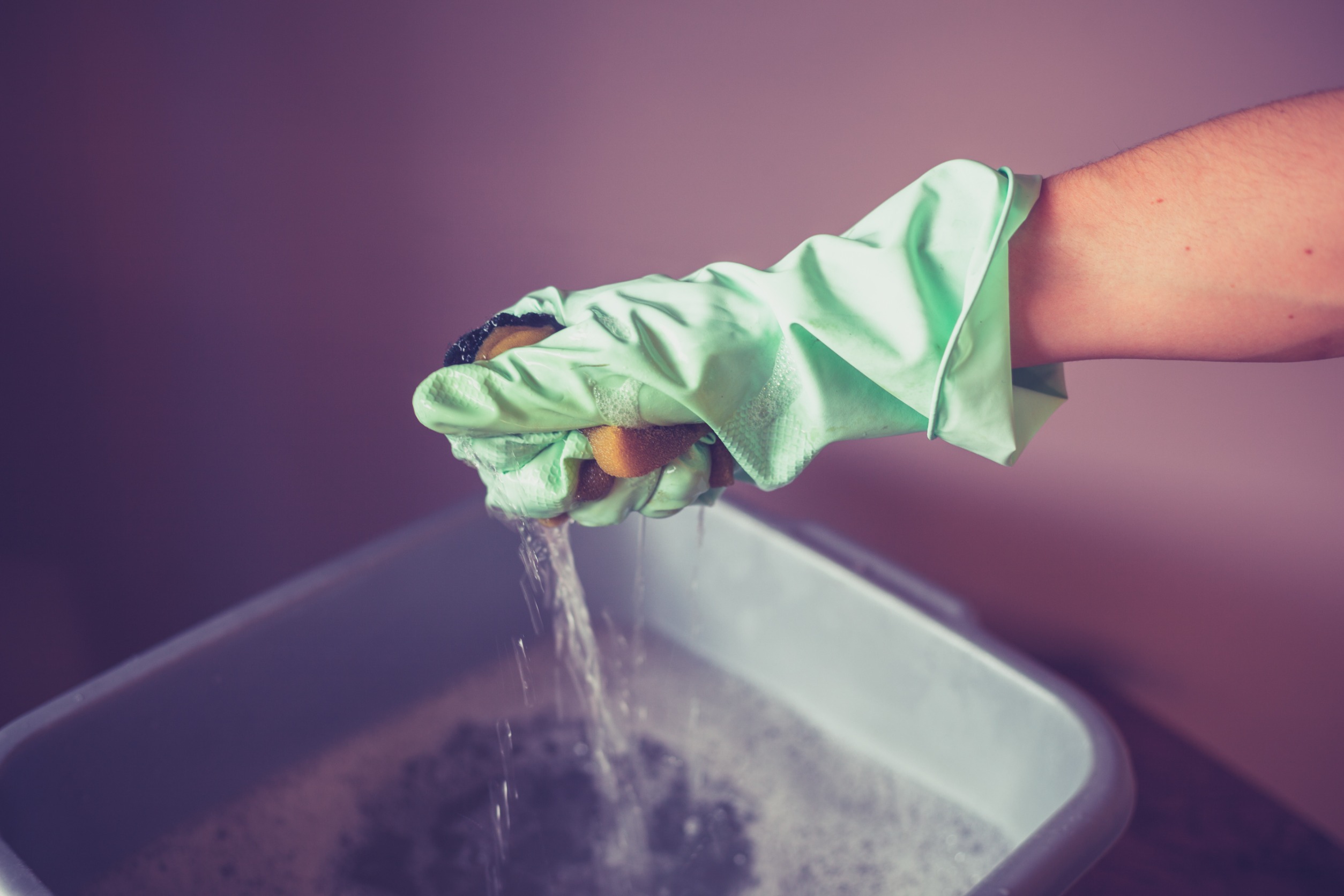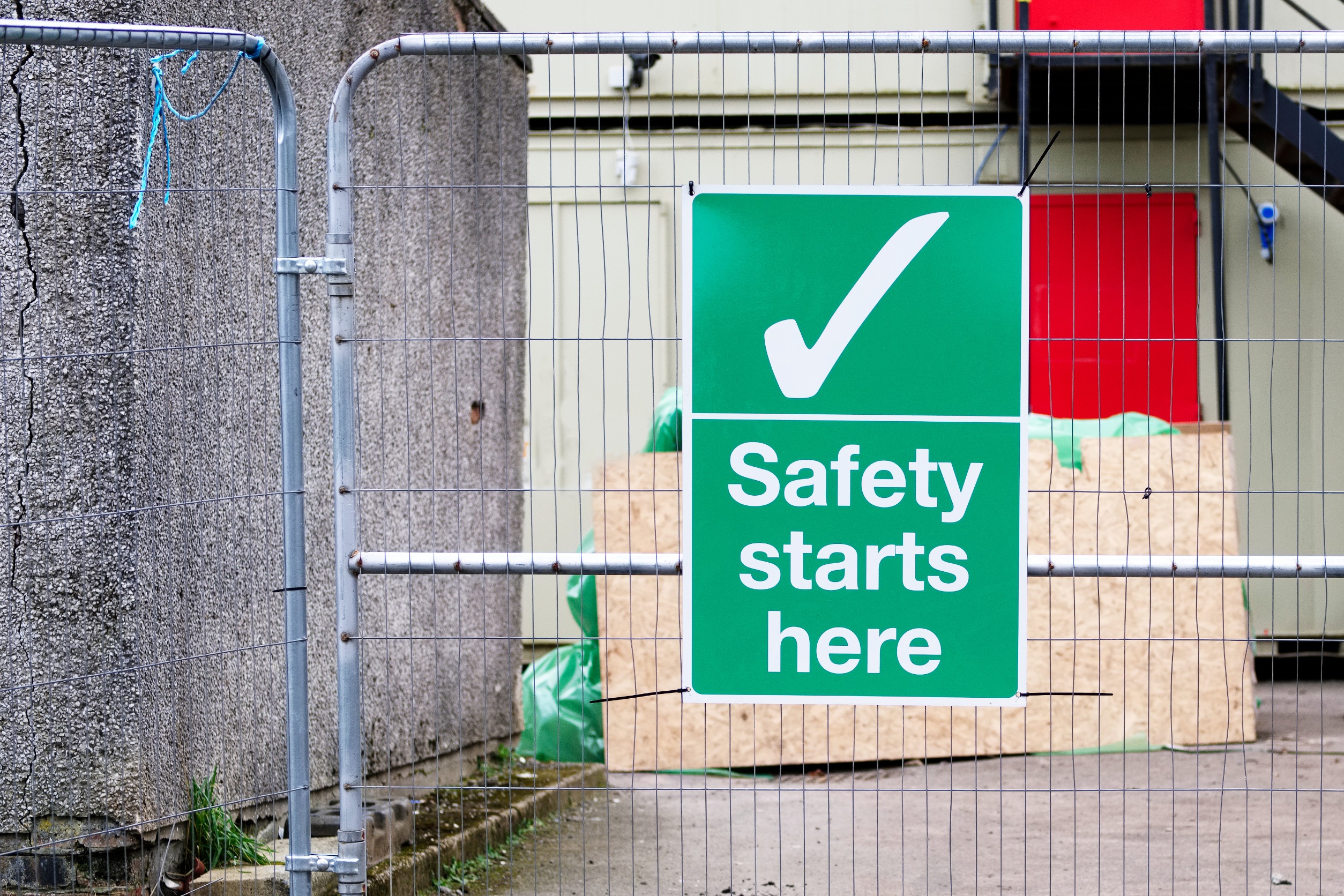What You Need To Know About Chemical Burns

Chemical burns. The term sounds terrifying, but what do you actually do if you have a chemical burn and what causes them? While most people have heard the term chemical burns before, you may have questions about the underlying causes of these burns and what to do if you have a chemical burn.
In this guide, you'll learn more about chemical burns, including what to do if you need treatment. This guide also reviews information on workplace burns and how employers can protect their employees from minor and severe chemical burns.
Let's get started with the basics of chemical burns.
What Is A Chemical Burn?
While most people think of a burn from a fire or something else really hot, a chemical burn is slightly different. These occur when the skin or other tissue becomes damaged from an acidic, corrosive, or otherwise unsafe substance or chemical.
There are many kinds of chemical burns. They can impact the skin, eyes, or even internal elements of the body. Many chemical burn situations occur because someone spills a chemical on themselves without meaning. While most chemical burns occur accidentally, they can also happen purposefully during an assault or self-harm.
However, exposure to chemical burns can also occur by accidentally swallowing chemicals or other environmental factors.
While some minor chemical burns can heal with few side effects, severe chemical burns are serious and can cause lifelong issues. All chemical burns need to be treated by a medical professional.
Where Do Most Chemical Burns Occur?
While chemical burns can happen nearly anywhere internally or externally, some areas of the body are more likely to recievea chemcial burn. Because chemical burns often occur from a spill or drop, they usually impact the face, eyes, legs, arms, feet, or hands.
Who Is Most At Risk Of Chemical Burns?
While chemical burns can happen to anyone, people who work with chemicals in any capacity are the most at risk for chemical burns. Some professions leave people more at risk of receiving a chemical burn than others.
These jobs often have higher safety standards, such as requirements for eye protection and eye washing stations. Employers have a responsibility to adequately protect and train their employees through correct signage and safety protocols.
Some of the people who are most at-risk of receiving chemical burns include:
- Factory employees
- Construction workers
- Lab techs
- Farmers
- Mechanics
- Military members
- Plumbers
Along with those who work in higher risk careers, toddlers and children are also more likely than adults to receive chemical burns. These burns usually occur from household products, such as cleaners and detergents.
Workplace Chemical Burn Risks
While a chemical burn can be caused by many different substances, certain products commonly cause acid or chemical burns.
Here are common workplace chemical burn risks to be aware of:
- Bleach
- Ammonia
- Sodium hydroxide
- Hydrochloric acid
Common Household Products That Cause Chemical Burns

If caustic or acidic chemicals touch your skin or other body parts, they can quickly damage the cells. While some chemical burns are only skin deep, others can seep further into your body. Ingesting or inhaling certain chemicals can also damage or destroy the internal organs.
It's essential to be aware of common household products that can cause acid and chemical burns. Here are some of the most common:
- Bleach
- Drain cleaning products
- Battery acid
- Battery cleaners
- Swimming pool chemicals
- Sanitizers
Whether at work or home, it's vital to read the instructions and warning labels on all household cleaners, detergents, and products. This applies doubly to any cleaners and products you use in a workplace setting. You should also listen carefully to trainings about handling chemicals and potential poisons.
What Do I Do If I Get A Chemical Burn?
Whether minor or severe burns, all chemical burns require assistance from medical professionals. If you or someone around you has a chemical burn, call 911 to request immediate medical treatment.
After calling emergency services, you can follow these steps until medical personnel show up.
- Remove your clothing: Ensure that you wear gloves to protect your hands from caustic burns. Cut the clothes away from the burn area.
- Rinse the area with water: Wash off the skin or eyes with cool water. Keep rinsing for around half an hour continuously. However, some chemicals, like sulfuric acid, can't be rinsed. Ask medical professionals or call the poison control center if you are unsure.
- Drink some water: If you ingested the chemical, drink cold water to dilute it. Don't try to make yourself throw up unless instructed by the local poison control center.
What Should I Do If My Child Gets A Chemical Burn?
If your child receives chemical borns, call 911 immediately and follow the above steps for them. You should also identify the chemical that burned them and set it aside. The medical providers will use various methods to treat the burn, depending on whether it's a minor chemical burn or more severe.
It's also essential to prevent chemical burns by keeping any dangerous cleaners or chemicals secure and out of reach of children.
How Do I Protect My Employees From Chemical Burns?

If you're an employer or manager, protecting your employees, especially those in high-risk jobs, from chemical burns is vital. It's important to follow the OSHA, federal, and state requirements for safety on the job.
One way to ensure you follow these laws is to include the right signs indicating eye washing stations and safety instructions on what to do after a burn.
At ADA Central, we offer an extensive array of signs for business and organizations. Whether you need safety-related signs or ADA-compliant signage, check out our inventory. We also provide custom sign options. Message us today to discover more!

